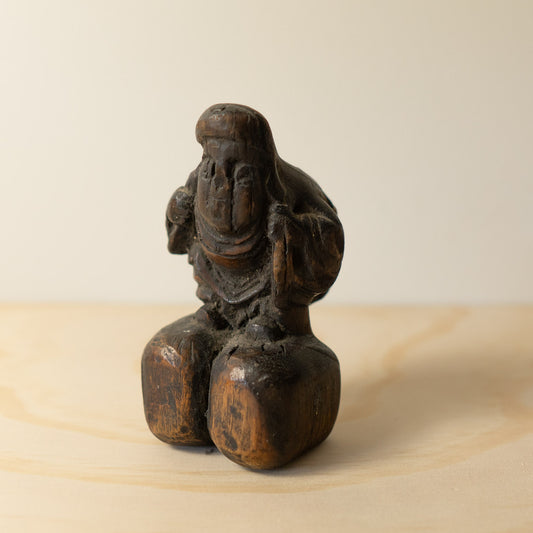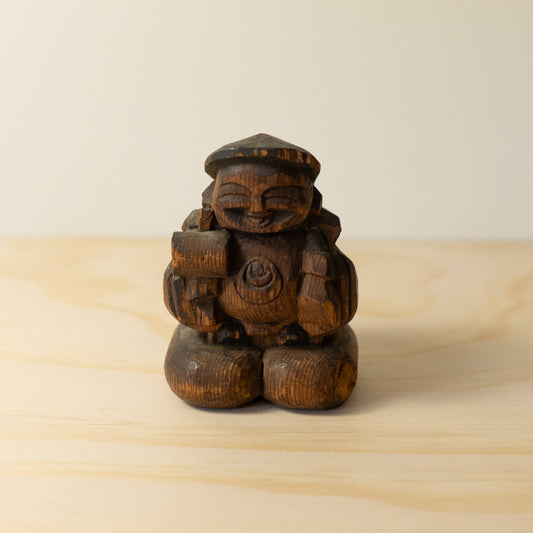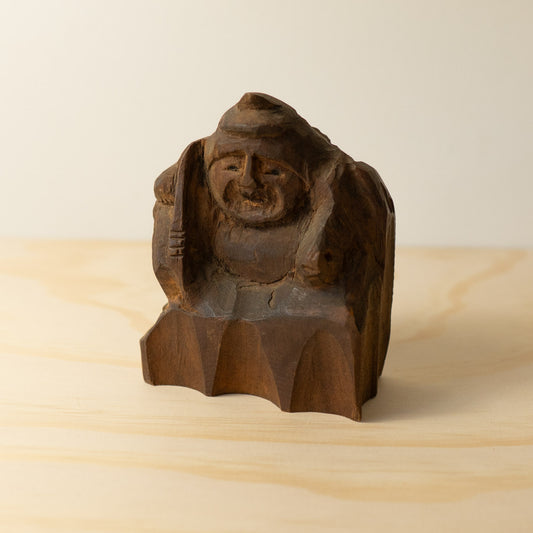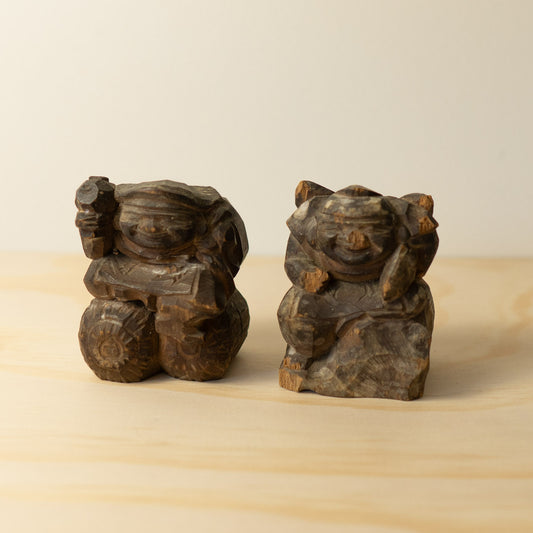Ceramicists the world over are constantly inspired by Japanese art, you might even have some contemporary pieces in your home that are inherently inspired by Japan.

Decorative ceramics being sold at market in Japan.
Whether it is the finer blue and white porcelain of Arita, the decorative Imari or the rough and textured surface of a raku fired tea bowl, born from the wabi sabi aesthetic, there is something for every taste.
Mixing styles at home.
At our house, we definitely favour the less decorative of the ceramics. Whilst the odd decorative piece might pop up from time to time for a splash of colour and detail, there is something about the more simple designs and finishes that inspires us.

One of the main thing you'll notice about traditional Japanese ceramics is that they are often much smaller than what we are used to in Anglo-European cultures.
Now this is mainly due to the types of cuisine being served but with some thought and care we can easily adopt our serving practices to allow us to enjoy the use of smaller Japanese dishes in our everyday life.
For example, instead of putting all sides onto one large serving plate, split them up across a couple of smaller dishes. Its a great way to present food to guests, and we also find with our 5 year old that it makes it more fun, picking veggies from a few different dishes. It makes meal time more interactive and visually appealing!
Cooking with smaller plates in mind.
Using small dishes more often, I have learnt new ways of cooking and presenting food which makes dinner time more fun and interesting for everyone! Like many, I love sides and small dishes, pickles, chilis, olives and sauces. And what better way to serve them than in small beautiful dishes. It's similar to the concept of tapas, where you are presenting a variety of smaller dishes.
"The dish is a frame for the food you are serving"
There are many cultural reasons for smaller dishes. Presentation is paramount in Japan and using many beautiful small dishes allows the food to be presented in a more appealing way, each dish becomes a little work of art. I read something once that said "The dish is a frame for the food you are serving" , so why not put it in a beautiful frame?


I've found they work for many of the dishes I was already cooking, but instead of putting all veggies together in one big bowl I split them up. So broccoli in a dish, rice in a bowl, pickles in a dish, lemon wedges, herbs in another. You get the idea.



Again for kids they are great for small snacks and the perfect way of presenting that one sweet treat you might give them. Making it extra special. 
Decorative and practical uses for small Japanese ceramics.
Outside of the kitchen, I've found that small dishes are incredibly useful for all sorts of unintended tasks!
For example, a small plate makes a great jewellery holder on the bedside. Small dishes and plates can be used for soap in the bathroom. Flatter plates are great as incense burners/ ash catchers. They are also good as tea cup saucers.
I have even drilled holes (GASP!) in some decorative bowls to use them as small plant pots. (Usually I only do this if they are a little chipped or cracked.)
Don't be too precious with special things.
Hopefully you can see how smaller Japanese dishes can be used in a variety of ways to add beauty to every facet of our everyday lives, and if you are worried about using antique dishes, let me leave you with this anecdote from my own life.
I've had this collection of vintage dinner plates from the 1950's that I absolutely love, I've probably had them 18+ years and I never wanted to use them because they were so precious to me.
I also didn't really have any way to display them, so they languished in a box for most of that time.
A couple of years ago, it dawned on me how silly I was being. I have these beautiful plates and I'm not enjoying them. So I took them out and put them on the shelf with our other plates. I'm slightly more careful with them than the other plates, but so far going on 2 years, nothing has happened to them! Every time I use them I enjoy seeing them being used.
These things that we have in our lives should be enjoyed, obviously there is an argument for preserving priceless pieces of art, but these dishes for the most part are designed to used and enjoyed!
So enjoy the beautiful things that you have and if they break, repair them! It only adds to their history and authenticity.
Check out our current stock of new and antique ceramics.







